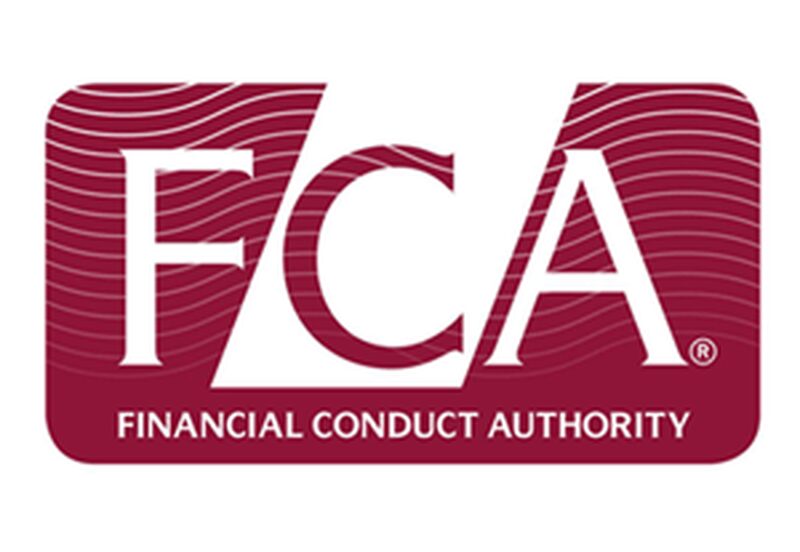19 April 2017
Why over-compliance is a real problem

I recently switched banks.
Thanks to the 7-day switching service, the switch itself was painless.
But it was astonishing to receive a 2,000-word email from my old bank the next week, to deliver a very simple message.
What was the email?
TSB (my old bank) just wanted to let me know that it had prepared an annual interest statement following my switch. That's useful information to have.
![]() But then I kept scrolling, and found that it had also decided to latch on its ‘Paper-free Terms and Conditions’ to the email. These are around 1,800 words long.
But then I kept scrolling, and found that it had also decided to latch on its ‘Paper-free Terms and Conditions’ to the email. These are around 1,800 words long.
Then came a security statement, bringing the total word count up to the region of 2,000.
No, I didn’t read any of it.
In TSB’s defence, I was pretty happy with it during my time as a customer. It also ranks reasonably well in Fairer Finance’s bank account tables.
But it lost some of my respect when it sent me such a long email, particularly as most of it was irrelevant. I'd already opted in to paperless statements - and was given chapter and verse about how that worked at the time. More pertinently, I'd just closed my account with the bank. So sending me these lengthy terms again felt completely redundant.
If these terms really had to be referred to at all (which feels doubtful), why not just link me to them?
When does compliance become over-compliance?
I have some sympathy with providers when it comes to deciding exactly what to send to customers.
![]()
Rules and regulations do place a heavy burden on firms - and there's a fine balance to be struck between giving customers too little and too much information.
But we very rarely see companies designing their letters and emails with the customer first in mind. Compliance teams demand a safety-first "tick-box" approach to customer communications, and often don't seem to think about whether the information they're sending is useful.
Most companies even admit that nobody reads the bucket of small print attached to the bottom of their letters and emails. Yet they send it anyway.
This isn't only pointless, it also goes against the grain of what the regulator wants. Over the last few years, the FCA's Smarter Communications work has challenged companies to think harder about what they send to customers and how they send it. Yet very few firms have risen to that challenge.
Things may be about to change. A new fintech provider recently gave us a look at a draft of its terms and conditions, which ran to just two pages. For the first time ever, we found ourselves questioning whether they had included enough information in their document.
We'd like to see many more firms pushing the boundaries in this way. If you know that customers aren't reading what you send them, then you need to rethink how and when you communicate with them. It's no longer good enough to satisfy yourself that you're meeting the letter of the FCA rulebook - you also need to be able to prove that you're helping your customers reach decent outcomes.
Box ticking is out of fashion. It's time for companies to catch up.




